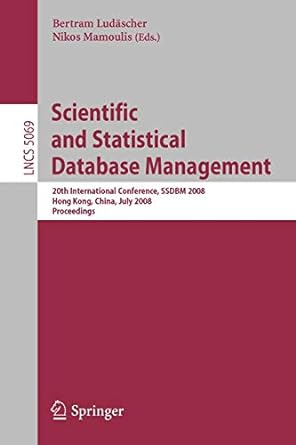Question
In the back of an old cupboard, you discover a note signed by a pirate famous for his bizarre sense of humour and love of
In the back of an old cupboard, you discover a note signed by a pirate famous for his bizarre sense of humour and love of logical puzzles. In the note he wrote that he had hidden a treasure somewhere on the property. He listed five true statements and challenged the reader to use them to figure out the location of the treasure.
1. There is a large rock either on the hill or near the lagoon.
2. If there is a shipwreck on the beach, then the treasure is buried under a tree.
3. Either there is no shipwreck on the beach, or the treasure is hidden in a cave.
4. If there is a large rock on the hill, then there is no shipwreck on the beach
5. There is no large rock near the lagoon.
Assume the word or in instruction 1 refers to non-exclusive or (disjunction) while the use of Either. . . or in instruction 3 refers to exclusive or.
a) Translate the five true statements in the pirates note to propositional logic. Be sure to clearly define all atoms used.
b) Could there be a treasure? If so, where could it be hidden and what truth values did you assign to each atom to find it? If there cannot be a treasure, justify your answer?
Step by Step Solution
There are 3 Steps involved in it
Step: 1

Get Instant Access to Expert-Tailored Solutions
See step-by-step solutions with expert insights and AI powered tools for academic success
Step: 2

Step: 3

Ace Your Homework with AI
Get the answers you need in no time with our AI-driven, step-by-step assistance
Get Started


